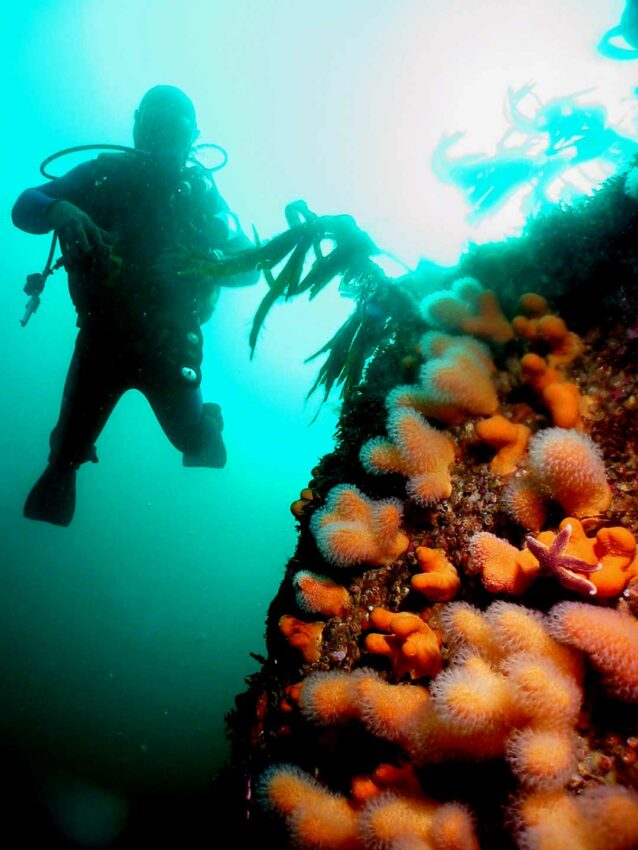Archimedes Principle for Scuba Diving

Scuba diving involves a lot of physics and learners are always fascinated how this can help them enjoy the sport more. One of the basic laws used in scuba diving training is the Archimedes principle. The principle avers that any object which is partially or wholly submerged in a liquid will be buoyed by a force that is equal to the weight of the displaced fluid. This might sound too technical hence the need to break it down especially for beginners who want to fully enjoy this exciting sport.
Breaking Down the Archimedes Principle
Assume you place an object fully or partially in any liquid. You will notice that the liquid will exert an upward force and according to Archimedes, this force is equal to the liquid’s weight that has been displaced. What about an object that only remains partly submerged, say a Ping-Pong ball? In this case, the upward weight is equal to the water displaced by only the submerged part.
Archimedes Principle and Buoyancy
While the Archimedes Principle talks about upward force, there is also the impact of downward force in determining whether an object floats or sinks. In a case where the upward force is more than the upward force, the object sinks. If you place a heavy stone in water, it will sink because the downward force (its weight) is more than the weight of the water displaced.
Archimedes Principle and Scuba Diving
What does the Archimedes Principle have to do with scuba diving? It explains what affects a diver’s buoyancy, which is important not only enjoying the experience but also for their safety. Consider these factors:
- Buoyancy compensator devices (BCD): This is an inflatable cell a diver uses to control buoyancy underwater. When inflated, the BC displaces more water increasing the upward force and by deflating they weaken the upward force. For neutral buoyancy in order to float, a diver inflates the BCD completely.
- Lead weights: This principle justifies the use of lead weights in scuba diving because they help reduce the upward force and help them sink.
- Wetsuits: The heavier the wetsuit the more water displaced, which increases positive buoyancy. Drysuits also lead to more positive buoyancy.
- Tanks: A full aluminum tank is negatively buoyant but as the diver goes down and the compressed air is depleted, the tank becomes positively buoyant. The BC should be inflated at the beginning of the dive and gradually for the air to maintain neutral buoyancy.
To leverage the Archimedes Principle in controlling buoyancy, you should use the BCD, weights and dive gear to guarantee a safer diving experience.
